- Written By Team DWS
- Festivals
- August 01, 2024
The Meaning of Teej: Understanding the Festival's Origins and Religious Importance
Teej is a significant Hindu festival primarily celebrated by women in India and Nepal. This vibrant and colorful festival reflects devotion, love, and the spirit of womanhood. Teej is not merely a day for festivities; it is deeply rooted in tradition, spirituality, and cultural pride. In this blog, we delve into the origins of Teej, its religious significance, and the various customs associated with it, to provide a comprehensive understanding of this cherished festival.
The Origins of Teej
Historical Background
The origins of Teej can be traced back to ancient Hindu scriptures, particularly in relation to the tale of Goddess Parvati and Lord Shiva. According to mythology, Teej marks the day when Parvati united with Shiva after years of penance and devotion. This story symbolizes the power of love and determination, emphasizing the important role women play in family and society.
The Significance of the Name
The name 'Teej' is derived from the Hindi word 'Teej' which means 'third' in various Indian languages. Traditionally, Teej is observed on the third day of the fortnight in the month of Shravan (July-August) in the Hindu calendar. This day also coincides with the monsoon season in India, representing renewal, fertility, and the evolving cycle of life.
-dws638580869912709790.jpg)
The Religious Importance of Teej
Celebrating Love and Devotion
At its core, Teej is a festival that celebrates love and devotion. It particularly honors the divine union of husband and wife, reinforcing the importance of fidelity, sacrifice, and commitment in marital relationships. Many women observe fasting during Teej as an act of devotion to seek the well-being, happiness, and long life of their husbands.
Symbolism in Rituals
The rituals performed during Teej are rich in symbolism. Women adorn themselves with beautiful clothes, bangles, and henna, symbolizing the joy and vibrancy of life. The rituals also often include singing traditional folk songs that narrate stories of love, longing, and devotion, reflecting the cultural heritage passed down through generations.
The Role of Nature
Teej also holds a strong connection to nature. As it falls during the monsoon season, it signifies a time of renewal and replenishment. The celebration of this season underscores the belief in the balance between nature and humanity, as women pray for abundant rains to nourish their families and communities.
Customs and Traditions
Observing Fasts and Rituals
One of the most profound aspects of Teej is the fast observed by women, known as 'Teej Vrat.' This day often includes a day-long fast followed by prayers to Goddess Parvati. While fasting, women chant mantras and offer fruits and sweets as offerings to the goddess, seeking blessings for their marital happiness.
Vibrant Celebrations
Teej is characterized by vibrant celebrations. Families come together to celebrate with a grand feast, showcasing traditional dishes and sweets. The celebration usually includes community gatherings where women dress in colorful attire, participate in folk dances, and sing traditional songs reflecting the spirit of the festival.
Henna and Personal Decoration
Another unique tradition associated with Teej is the application of henna (mehndi) on the hands and feet of women. This act is not just for beautification but represents joy, love, and prosperity. The intricate designs are often symbolic, depicting various motifs that represent good fortune and a happy married life.
Regional Variations of Teej
Teej in India
In India, Teej is celebrated with variations across different states. In Rajasthan, for instance, it is marked with a unique flavor of local traditions, where women celebrate 'Hartalika Teej.' This version emphasizes the bond between female friends and relatives, where they help each other in various rituals. In northern states, like Uttar Pradesh and Haryana, Teej emphasizes the marital bond with elaborate festivities and community prayers.
Teej in Nepal
In Nepal, Teej, known as 'Haritalika Teej,' holds significant importance among married and unmarried women alike. The festival is observed with great fervor, taking on aspects of social justice and showcasing women's strength. With traditional dance, music, and community feasts, it reflects the rich cultural tapestry of Nepal.
The Spiritual Dimensions of Teej
A Time for Renewal and Reflection
Beyond celebrations, Teej serves as a time for renewal and reflection for women. It provides an opportunity to introspect about their roles in their families and communities. Many women use this day to seek inner peace and connection with the divine.
Women Empowerment
Teej is a vibrant festival celebrated primarily in Nepal and parts of India, symbolizing the strength and resilience of women. It honors the bond between married couples, particularly focusing on the devotion of women towards their husbands. However, beyond its traditional roots, Teej serves as a powerful platform for women’s empowerment, encouraging discussions on gender equality, women's rights, and social justice. Through communal celebrations and various activities, women unite to share their experiences and advocate for their rights, fostering an environment of solidarity and empowerment.
-dws638580870258186413.jpg)
Teej Festival FAQs: Everything You Need to Know About the Celebration
1. What is Teej?
Teej is a Hindu festival celebrated primarily in Nepal and parts of India, marking the monsoon season. It honors the goddess Parvati and her union with Lord Shiva, symbolizing love, devotion, and the strength of married women.
2. When is Teej celebrated?
Teej is celebrated on the third day of the shukla paksha (waxing moon) of the month of Bhadrapada, which typically falls in August or September in the Gregorian calendar. The date varies each year based on the lunar calendar.
3. What are the different types of Teej?
There are primarily three types of Teej celebrated:
- Hariyali Teej: Celebrated during the arrival of the monsoon.
- Kate Teej: A lesser-known observance.
- Hartalika Teej: The most prominent one, dedicated to the worship of Parvati and Shiva.
4. What rituals are performed during Teej?
During Teej, women typically observe fasting, perform prayers, and engage in singing and dancing. They dress in red or green clothes, decorate their hands with mehndi (henna), and come together to share stories and celebrate the festival’s significance.
5. What is the significance of fasting during Teej?
Fasting during Teej is believed to purify the body and mind. Many women observe a rigorous fast without food or water to seek blessings for their husbands' long life and wellbeing. It signifies dedication, love, and devotion.
6. Is Teej a public holiday?
Teej is a public holiday in Nepal, where it is widely celebrated. In some parts of India, especially in states like Rajasthan, Haryana, and parts of Uttar Pradesh, Teej is celebrated with regional significance.
7. What foods are associated with Teej?
Festive foods are an integral part of Teej celebrations. Women prepare traditional sweets like ghevar, malpua, and other delicacies, often featuring seasonal fruits and vegetables. It is common to see special meals being prepared for gatherings.
8. How do women celebrate Teej?
Women celebrate Teej by gathering in groups, singing traditional songs, dancing, applying mehndi, and performing rituals in honor of the goddess Parvati. They also share food and spend quality time with family and friends.
9. Are there specific clothing traditions for Teej?
Yes, during Teej, women traditionally wear green and red sarees or other traditional attire. Wearing these colors symbolizes fertility, happiness, and marital bliss. Jewelry and mehndi are also an important part of the attire.
10. Can unmarried women participate in Teej?
Yes, unmarried women also participate in Teej celebrations. They may fast to seek good husbands in the future and celebrate the festival with friends and family, engaging in the rituals and festivities.
11. What role do men play during Teej?
While the focus of Teej is on women's rituals and celebrations, men often support their wives and families by participating in festivities, providing traditional foods, and understanding the sentiments associated with the fasting and prayers.
12. How is Teej celebrated in different regions?
The celebrations may vary slightly in customs and rituals from region to region. Each area has its unique traditions, songs, and dances which enrich the festival’s colorful tapestry.
13. Are there any cultural performances during Teej?
Cultural performances, including traditional dances and songs, are integral to the celebrations. These performances often narrate stories associated with the mythology of Parvati and Shiva and highlight the joy of marital bliss.
14. How can I get involved in Teej celebrations?
If you’re interested in participating in Teej celebrations, you can join local festivities, learn about the rituals, share in traditional foods, and experience the cultural richness surrounding this beautiful festival.
15. Where can I learn more about Teej?
To learn more about Teej, you can explore cultural websites, visit local temples during the festival, attend community celebrations, or read books on Hindu festivals and traditions.
These FAQs aim to give you a comprehensive understanding of Teej and its significance in various cultures. Enjoy the celebrations!
Popular on Blogs
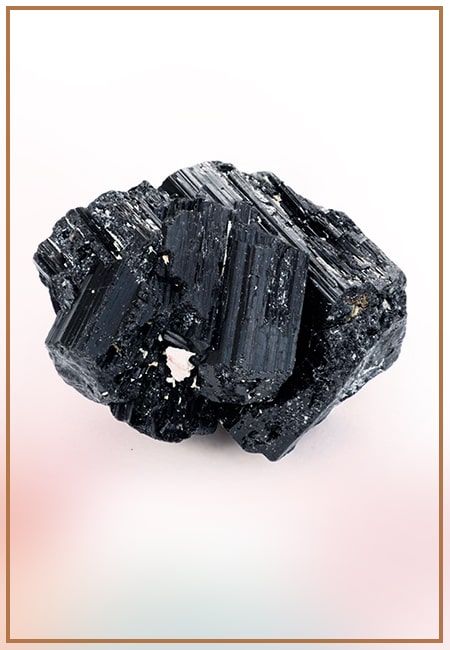
Black Tourmaline: Meaning, Healing Properties, Fascinating Facts, Powerful Attributes, Versatile Uses, and Beyond
September 05, 2023 / BY Team DWS
Black Tourmaline, also known as Schorl, is a highly revered crystal with incredible metaphysical properties. It derives its name from the Dutch word "turamali," meaning "stone with ..
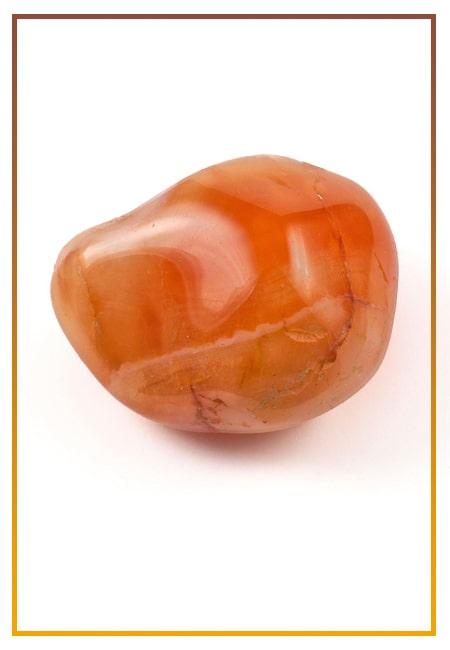
Carnelian Stone: Meaning, Healing Properties, Power, Facts, Color, Uses and More
December 26, 2023 / BY Team DWS
Carnelian is a vibrant and captivating gemstone that holds a plethora of meanings, healing properties, and powers. Its warm and fiery energy makes it a popular choice among crystal ..
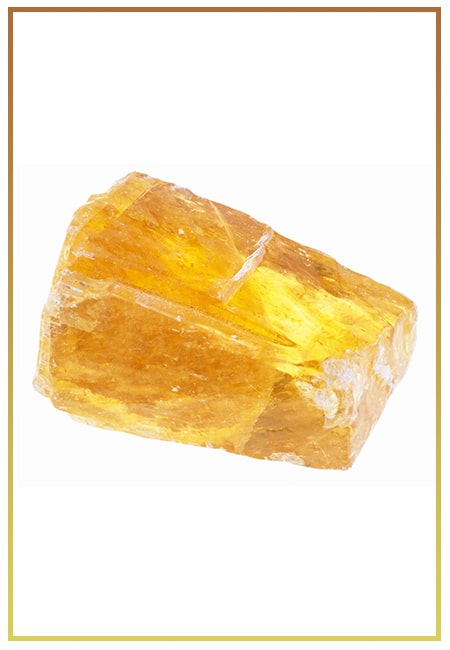
Citrine: Exploring its Meaning, Healing Properties, Fascinating Facts, Powers, Versatile Uses, and Much More
November 18, 2023 / BY Team DWS
Citrine, with its warm golden hues, has captured the attention and imagination of people for centuries. This beautiful gemstone, commonly associated with wealth and prosperity, hol ..

Black Onyx: Unveiling the Meaning, Healing Properties, Fascinating Facts, Powerful Attributes, Versatile Uses, and Beyond
July 25, 2023 / BY Team DWS
Black Onyx, a striking gemstone admired for its deep black hue and elegant appearance, has captivated people for centuries. In this comprehensive guide, we will delve into the mean ..
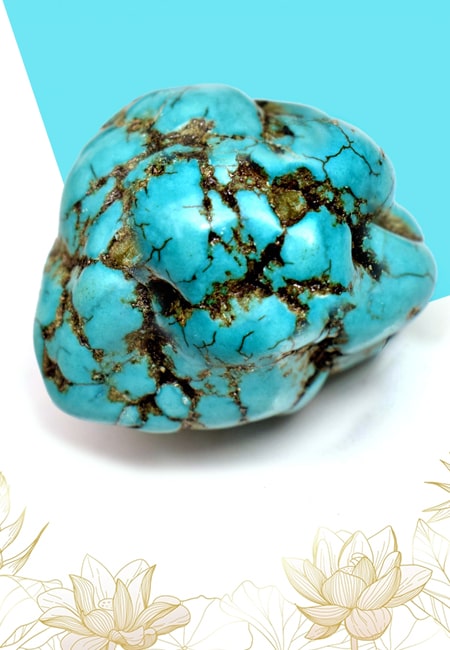
Unveiling the Mysteries of Turquoise Stone: Exploring its Meaning, Healing Properties, Power, Facts, Color, Uses, and More
December 05, 2023 / BY Team DWS
Turquoise, with its captivating blue-green hue, has been adorning jewelry and artifacts for centuries. This striking stone has a rich history, rich symbolism, and a plethora of int ..
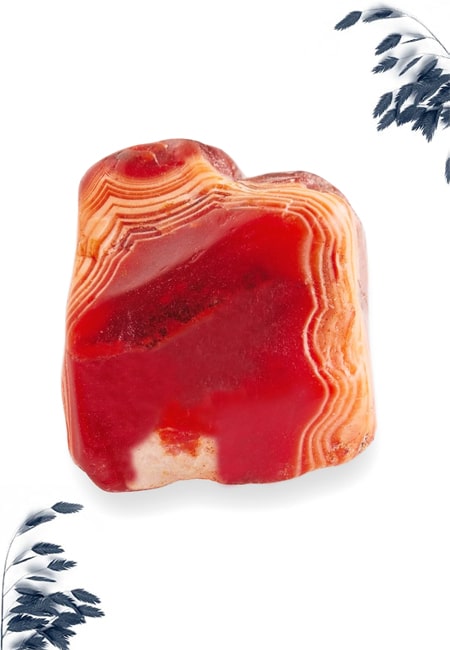
The History Behind The Popularity of Red Agate
December 23, 2022 / BY Team DWS
An Agate is a type of magma rock that takes many years till it is washed out naturally into the water. And that is the reason this stone has elements of water. This beautiful stone ..

Plan a Perfect Valentine's Week with Our Valentine Week List 2025
January 22, 2024 / BY Team DWS
Valentine's Day is undoubtedly the most romantic day of the year, but we believe that one day is just not enough to express your love and make your partner feel special. That's why ..
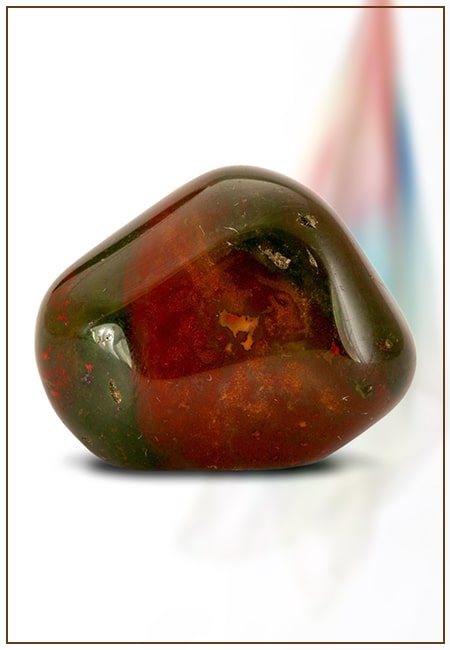
Bloodstone: Unveiling the Meaning, Healing Properties, Facts, Powers, Uses, and More
August 21, 2023 / BY Team DWS
Bloodstone, with its captivating deep green color with specks of red, is a mesmerizing gemstone that has fascinated civilizations for centuries. It possesses unique healing propert ..


